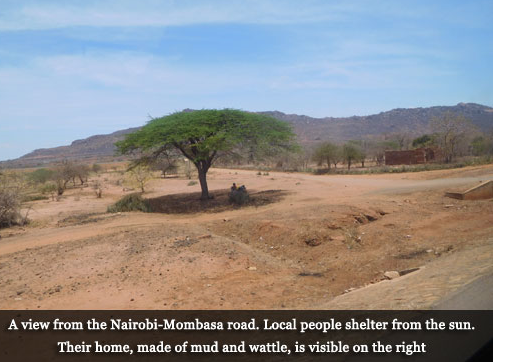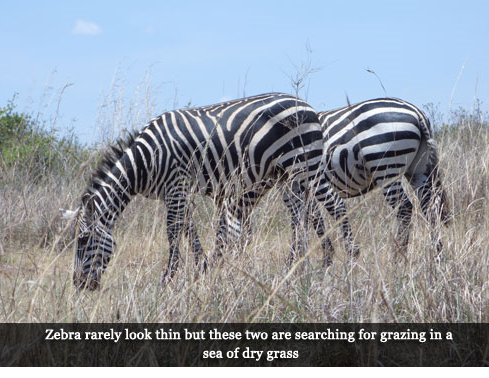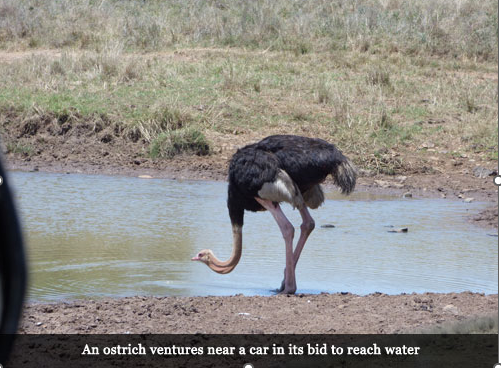Haith’s Veterinary Advisor Professor John E Cooper FRCVS and his wife Margaret recently returned from another four weeks in East Africa where, amongst other things, they provided training at a new veterinary clinic in Musanze, Rwanda, and continued their teaching and research programme in Kenya.

Kenya was at the time in the grips of a drought. Large areas of the country were parched and dry. A ten-hour bus journey from Nairobi to Mombasa (on the Kenyan Coast), demonstrated to the Coopers how dire the situation was. There was evidence on much of the route of rural people literally having to scrape a living from ground that, rather that yielding maize and other crops, was little more than a dust bowl (see Figure 293). Water holes and dams were largely empty.
At the Coast itself the situation was especially bad. Areas that were usually lush and green, such as the Shimba Hills, were pitifully denuded of grass and other vegetation. Verbal accounts from many local farmers spoke of dead and dying cattle. Villagers around the small town of Kinango, a few kilometres from Kwale, were particularly badly affected by drought. Reports that children were dying prompted emergency action by local governmental and non-governmental bodies and private businesses in support of the "Punguza Njaa" (reduce hunger) drought relief initiative in Kwale County. A particularly welcome intervention was by Base Titanium ("Base") which on 30th October delivered seven tonnes of maize, five tonnes of beans and 30,000 litres of water to over 1,000 residents from the three villages of Chengoni, Chanzou and Mwarovesa.


It was not, of course, only humans and domestic livestock that were suffering. Wild animals were often venturing into new areas (see Figure 163), including locations close to human dwellings and sometimes in proximity to vehicles (see Figure 143) looking for water. Along the Coast, as leaves and wild fruits became scarce colobus monkeys started to venture into people’s gardens to feed on the low bougainvillea. As a result “Colobus Conservation” received increasing numbers of colobus monkeys that had been injured by dogs.
Wild birds were also affected, prompting a message from a local residents’ association on the south coast of Kenya to urge its members “Our forests and gardens are drying so we kindly request that if possible you can place even a small bowl of fresh water changed daily in your gardens, both for the primates and the birds”.
The Coopers flew back to Britain on the 1st November. Just before they left it was starting to rain - only showers initially but dark clouds overhead suggesting that the (short) rains, which usually arrive in November, were about to start. In Britain periods of rain are not usually welcome, certainly as far as most town dwellers are concerned, but in East Africa rain is not only considered a blessing but can be a lifesaver.
John, Margaret and Vanessa Cooper
Written by The Coopers


